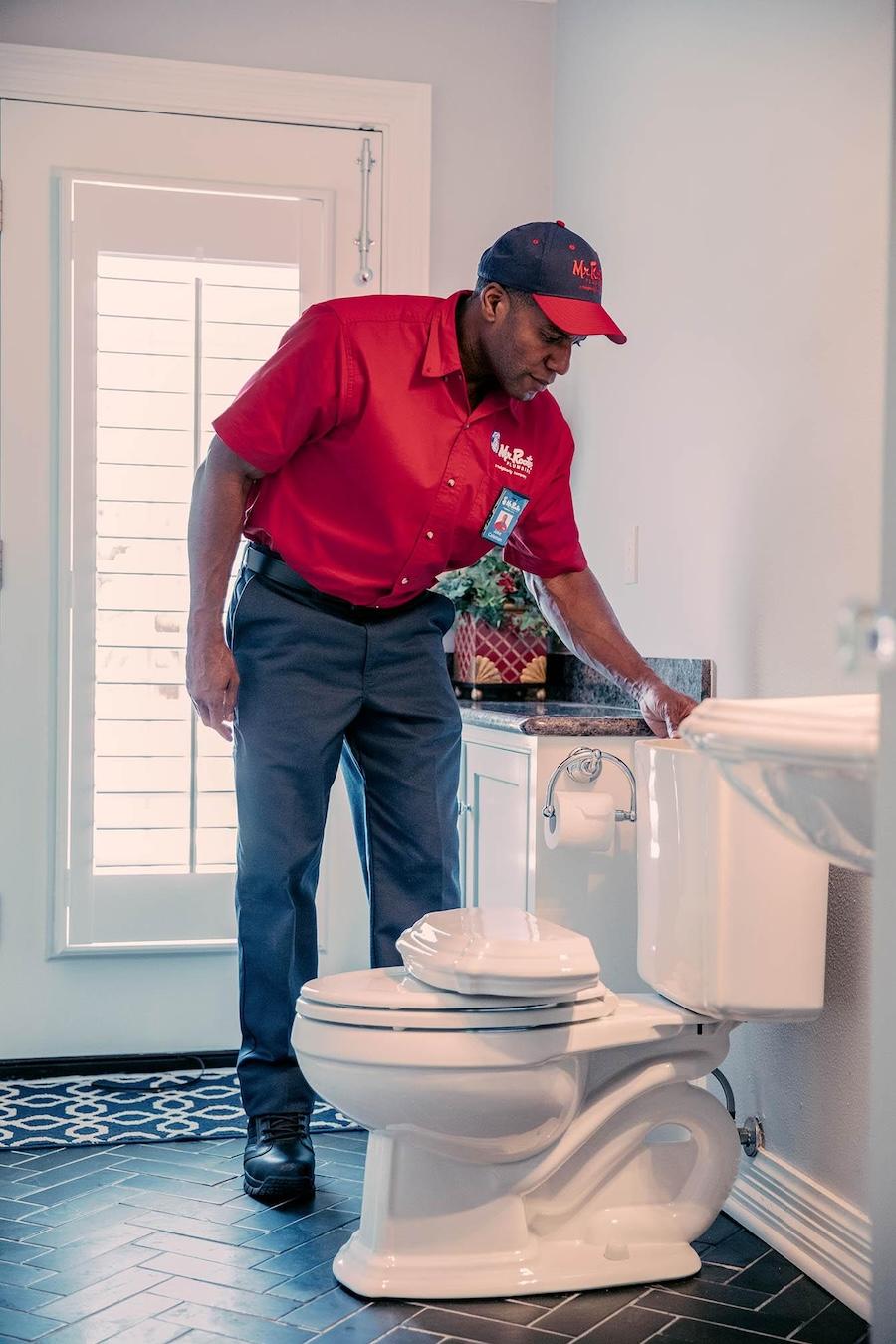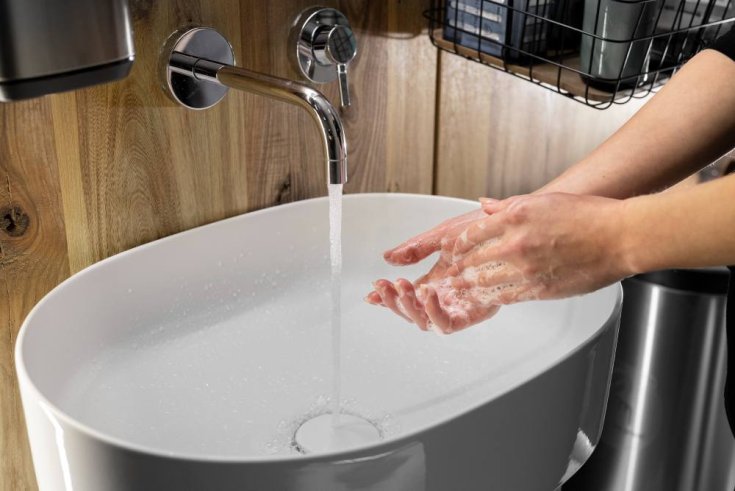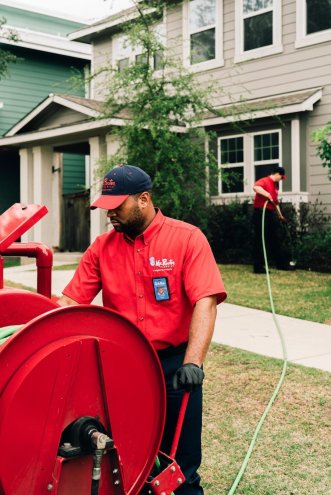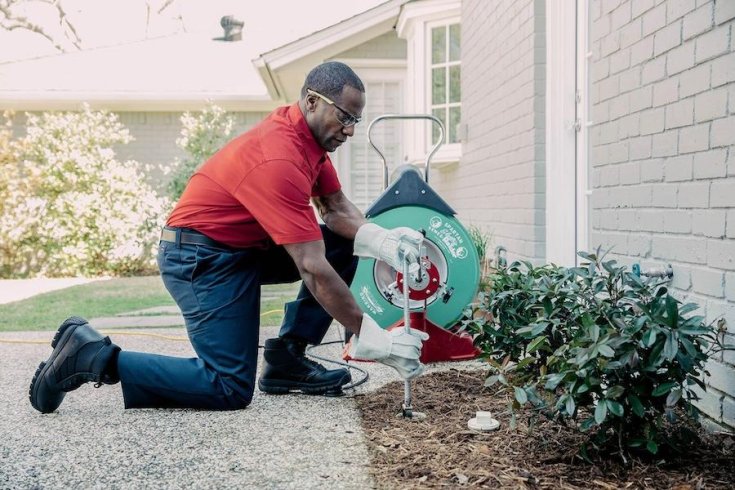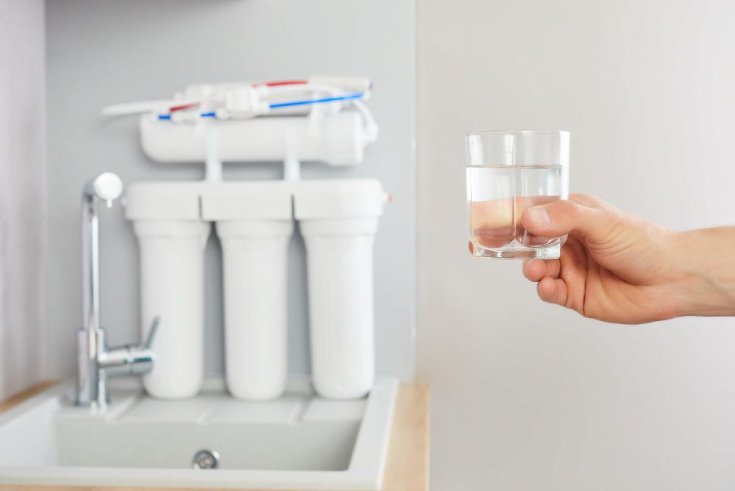You’ll need to turn off water to your toilet when making repairs or replacing components like the fill valve, flapper, or supply line. This is important to prevent water from flooding the bathroom or leaking onto the floor during the repair process. Shutting off the water supply allows you to work safely and cleanly without worrying about pressure buildup or accidental flushing. Whether you're handling a simple DIY fix or waiting for a professional plumber to arrive, turning off the water is the first step to minimize damage and ensure a smoother repair process.
Short-Term Repairs
For quick toilet repairs or maintenance, such as replacing a fill valve or flapper, the water to the toilet is usually turned off for just a few minutes to a couple of hours. In this scenario, there’s virtually no risk to the toilet or plumbing system. Once the repairs are done, the valve is turned back on, and the toilet is flushed and refilled as normal.
This kind of short-term shutoff is perfectly safe, and most people won’t even notice a difference in toilet performance afterward. Just be sure to check for leaks after turning the water back on and give the toilet a few test flushes.
Overnight or One-Day Shutoff
Sometimes, you might need to turn off the water for a longer period—maybe overnight or for the duration of a day while waiting for a part or professional plumber in Elm City, NC. Again, this won’t cause any damage to the toilet. You just won’t be able to flush more than once, since there’s no water refilling the tank. To manage this, it’s a good idea to keep a bucket of water nearby so you can manually refill the tank and flush if necessary. If the water will be off for less than 24 hours, there's usually no concern about pressure buildup, seal damage, or toilet functionality.
Extended Periods Without Water
If you're planning to shut off the water for several days or longer—such as during a vacation, renovation, or when a bathroom isn’t in use—there are a few things to keep in mind. First, be sure to flush the toilet and drain the tank before leaving it shut off for an extended time. This helps prevent mold growth, hard water deposits, or unpleasant odors from forming in stagnant water.
If your toilet is older, prolonged water shutoff might cause rubber seals or gaskets to dry out or crack. In most cases, this won’t be an issue, but it’s something to watch for if you notice minor leaks or flushing problems once the water is turned back on.
Final Thoughts
So, how long can you keep the water off to your toilet? For short repairs or a couple of days, there’s no harm at all. For longer periods, a little preparation—like draining the tank and checking seals—can help avoid future issues. If you're unsure or encounter unexpected problems, don’t hesitate to call a licensed plumbing repair service to inspect your system. A small effort today can prevent costly repairs tomorrow.
Call Mr. Rooter Plumbing for Professional Toilet Repairs
If your toilet is acting up, it’s important to call a skilled plumber to inspect your toilet and make the necessary repairs. A broken or clogged toilet can turn your house into an uninhabitable space very quickly—especially if it starts to overflow or won’t flush properly. Here at Mr. Rooter Plumbing, we take great pride in providing reliable toilet repair and replacement services. For over 50 years, we’ve been helping homeowners and commercial customers keep their toilets in proper working condition. Our plumbers have worked with different types of toilet makes and models for decades and have what it takes to fix yours.



